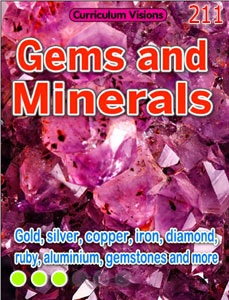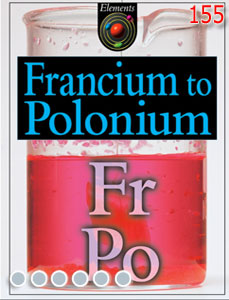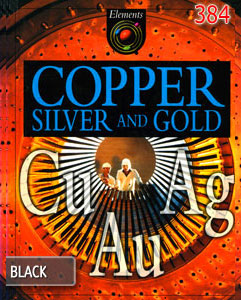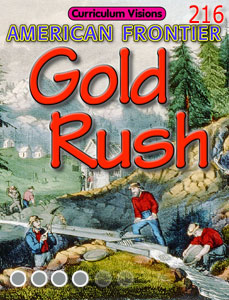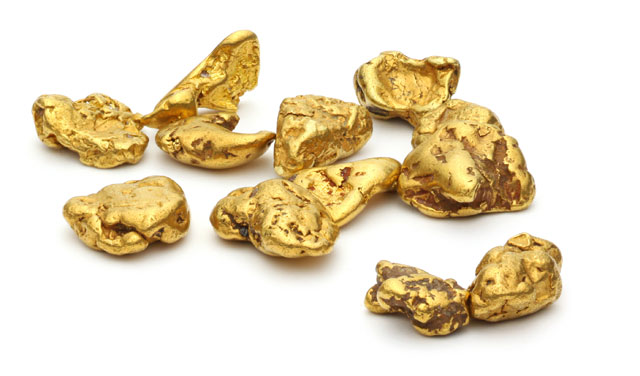Gold is a natural material. Gold is one of the heaviest metals. It is a good conductor of heat and electricity. As gold does not combine with other substances, air and water have no effect on it.
Gold occurs naturally in small amounts in all volcanic rocks. It is, however, occasionally found as veins. When these veins are broken up by running water, lumps called nuggets come to the surface and can be found in river beds.
Rich deposits of gold have given rise to 'Gold Rushes' of the past, but today most gold is obtained while processing other metals such as copper and lead.
Gold has an attractive colour and is used for jewellery. Pure gold is soft. Gold is made stronger by mixing it with other metals to make a gold alloy. White gold is a gold alloy which includes nickel. It is used for making gold rings.
Gold mixed with small amounts of silver and copper can be shaped into a very thin sheet called gold leaf. It is sometimes used to decorate buildings and statues or for the cover of a book.
As gold is such an expensive metal it may be combined with other metals to make cheaper jewellery. For example 'rolled gold' is a cheaper form of gold. It is made by coating a metal such as brass with a thin layer of gold alloy.
